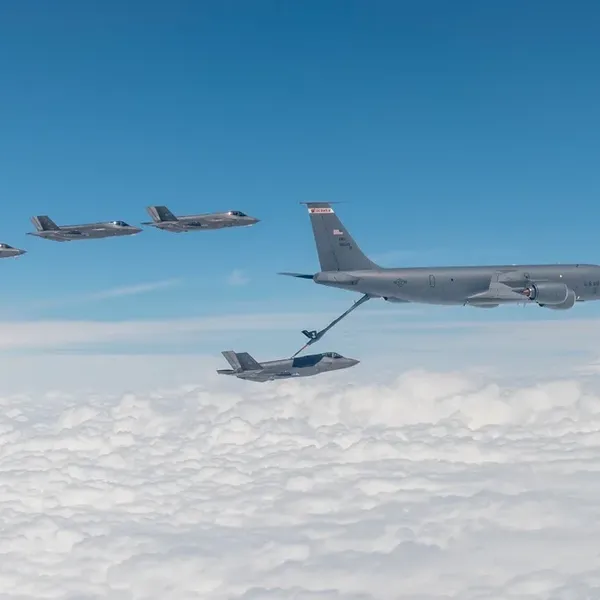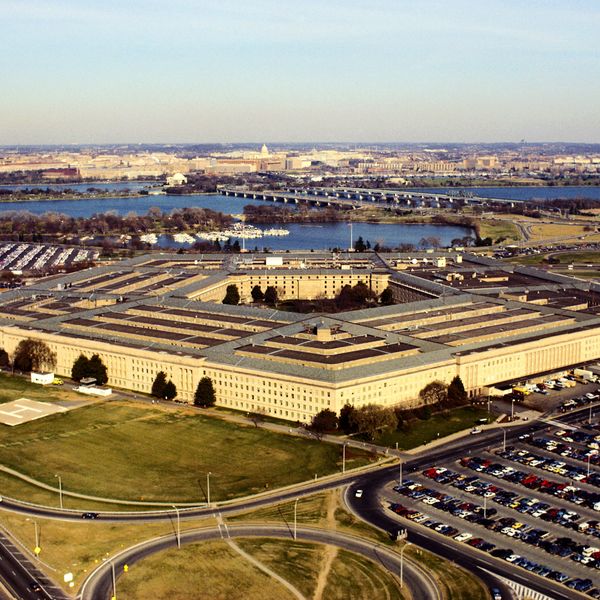This week was the week that our 2024 taxes were due in order to fund the fiscal year 2025 federal budget and thus our nation’s priorities. This year’s budget represents the final Biden budget. It comes at a time when our country is in a deliberate state of chaos instituted by the current administration. Under the non-elected efforts of the Department of Government Efficiency and current cabinet, we find punitive and seemingly random disjointed cutting of essential services and vital programs in addition to international aid that cuts to the core of who America is.
U.S. Congress has just passed a budget resolution requiring $1.5 trillion in savings to be realized over the next 10 years. Ultimately, budgets are moral documents. How do the current cuts, in addition to planned cuts in entitlement programs such as Medicaid, Medicare, and Social Security, address our needs and follow a moral compass? How does funding nuclear weapons factor in when addressing our needs and priorities?
This year’s federal tax expenditure for all nuclear weapons programs will be $110,344,000,000. This figure was released on Tax Day in this year’s U.S. Nuclear Weapons Community Cost Project. That amounts to $3,499 per second. This year will see an increase of roughly $15.8 billion over FY 2024. Congress prides itself in being fiscally responsible. Yet when cities like Detroit are spending over $114 million on nuclear weapons programs, Atlanta over $245 million, Chicago over $961 million, and the impoverished Navajo nation of roughly 113,000 people are spending over $18 million, where is the rationale, fiscal responsibility, and sanity?
Unlike a nuclear missile that cannot be recalled after launch, the nuclear arms race and existing arsenals can be reversed and nuclear weapons can be eliminated.
The continuation of this out-of-control escalation is fueled by the myth of deterrence with dramatic increases in weapons delivery systems and missile defeat and defense expenditures. The latter is the present day version of former President Ronald Reagan’s “Strategic Defense Initiative” or “Star Wars.” Today’s version continues the elusive and easily outfoxed goal of hitting a bullet with a bullet to defend us coupled with a complex early detection system. With roughly 12,331 nuclear weapons in today’s global arsenals, the world remains closer to nuclear war than at any point in the past 80 years since the bombings of Hiroshima and Nagasaki.
The Bulletin of the Atomic Scientists puts our current risk at 89 seconds to midnight and nuclear Armageddon. That risk assessment comes from the current geopolitical turmoil; climate change; and evolving disruptive technologies that increase the risk of nuclear war either by intent, miscalculation, or accident presenting a very real and present danger. Everything and everyone we care about is threatened with the distinct possibility of ending the human race.
Ultimately, the only way to prevent a nuclear war is to abolish these weapons. Unlike a nuclear missile that cannot be recalled after launch, the nuclear arms race and existing arsenals can be reversed and nuclear weapons can be eliminated. What is needed is the political will. The people need to speak, and when the people lead, the leaders will follow.
Fortunately, there is a U.S. grassroots movement, Back From the Brink, bringing diverse communities together to eliminate nuclear weapons. This movement calls on the United States to take a leadership role in bringing together the world’s nuclear powers to negotiate a time-bound, verifiable, and complete elimination of all nuclear weapons. It includes four precautionary measures to safeguard against nuclear war until that goal is achieved. These include renouncing the option of using nuclear weapons first; ending the sole, unchecked authority of any U.S. president to launch a nuclear attack; taking U.S. weapons off of hair-trigger alert; and canceling the plan to replace the entire U.S. nuclear arsenal with enhanced weapons.
Anyone can endorse this campaign. Presently 495 organizations, 78 municipalities and counties, eight state legislative bodies, 430 municipal and state officials, and 44 members of Congress have endorsed this campaign.
Last week Rep. Jim McGovern (D-Mass.) introduced U.S. House Res. 317, which lays out how we can fundamentally reform U.S. nuclear weapons policy and achieve a world free of nuclear weapons. In addition to supporting the policy points of Back From the Brink, this resolution supports: the maintenance of a de facto global moratorium on nuclear testing, protecting communities and workers affected by nuclear weapons by fully remediating their deadly legacy of environmental contamination past and current, and actively pursuing a just economic transition for the civilian and military workforce involved in this entire nuclear cycle.
We have the answer to realize significant cost savings, while simultaneously promoting sound fiscal policies that benefit us all. With life itself hanging in the balance we all must demand a meeting with our legislative leaders, urging them to endorse this legislation. If they refuse, we must ask why they are willing to put everything at risk?
Correction: An earlier version of this article said that taxpayers would pay $3,498,985.29 per second for nuclear weapons this year. The actual figure is $3,499 per second. The piece has been updated to reflect this.



